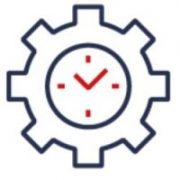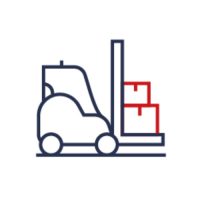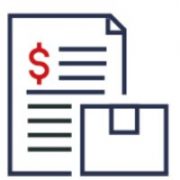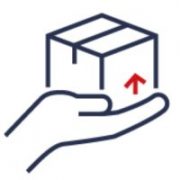Created in 2011, Creabis is a Service Bureau, based in Munich – Germany, that prints prototypes, functional models and small batch series. Expert in SLS® 3D printing, they started implanting advanced materials in 2016.
Ralf Deuke, Managing Director, and Michael Loeffl, Technical Manager, gave us their feedback & tips to face the challenges of integrating new material in a service bureau.
Challenge n°1: Avoid the technical issues
Ralf Deuke
“At the beginning, we started by implementing a new German based PP powder to diversify our offer and we definitely had a lot of problems. The first problem was that there were more or less no existing parameter sets for this PP, so we had to develop it from scratch. We also had to figure the powder refresh rate and we found out that this PP was fine for let’s say five or six cycles… and then it didn’t go. Also, we experienced some problems with the consistency batch to batch so when we received the new batch all the parameters we had defined before didn’t work anymore. We finally made it up to a point where we had a real big order for like 15 to 20 jobs. And after the fifth job, everything crashed completely. We had to stop this order and by this of course we lost a lot of confidence at our customers. Honestly, this first experience was a real disaster.”






